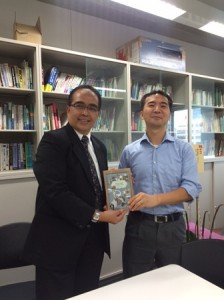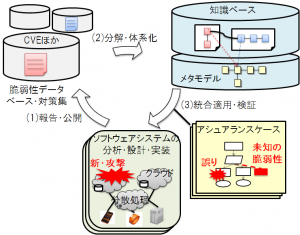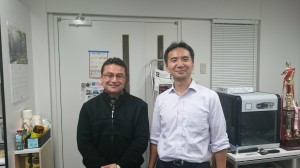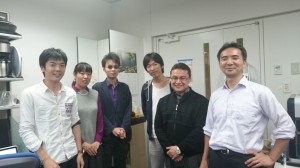Takanobu KOBORI, Hironori WASHIZAKI, Yoshiaki FUKAZAWA, Daisuke HIRABAYASHI, Katsutoshi SHINTANI, Yasuko OKAZAKI, and Yasuhiro KIKUSHIMA, “Exhaustive and efficient identification of rationales using GQM+Strategies with stakeholder relationship analysis,” IEICE Transactions on Information and Systems, Vol.E99-D, 2016. (SCIE, DBLP indexed) (to appear)
To achieve overall business goals, GQM+Strategies is one approach that aligns business goals at each level of an organization to strategies and assesses the achievement of goals. Strategies are based on rationales (contexts and assumptions). Because extracting all rationales is an important process in the GQM+Strategies approach, we propose the Context-Assumption-Matrix (CAM), which refines the GQM+Strategies model by extracting rationales based on analyzing the relationships between stakeholders, and the process of using GQM+Strategies with CAM effectively. To demonstrate the effectiveness of the CAM and the defined process, we conducted three experiments involving students majoring in information sciences at two different Japanese universities. Moreover, we applied the GQM+Strategies approach with CAM to the Recruit Sumai Company in Japan. The results reveal that compared to GQM+Strategies alone, GQM+Strategies with CAM can extract rationales of the same quality more efficiently and exhaustively.





